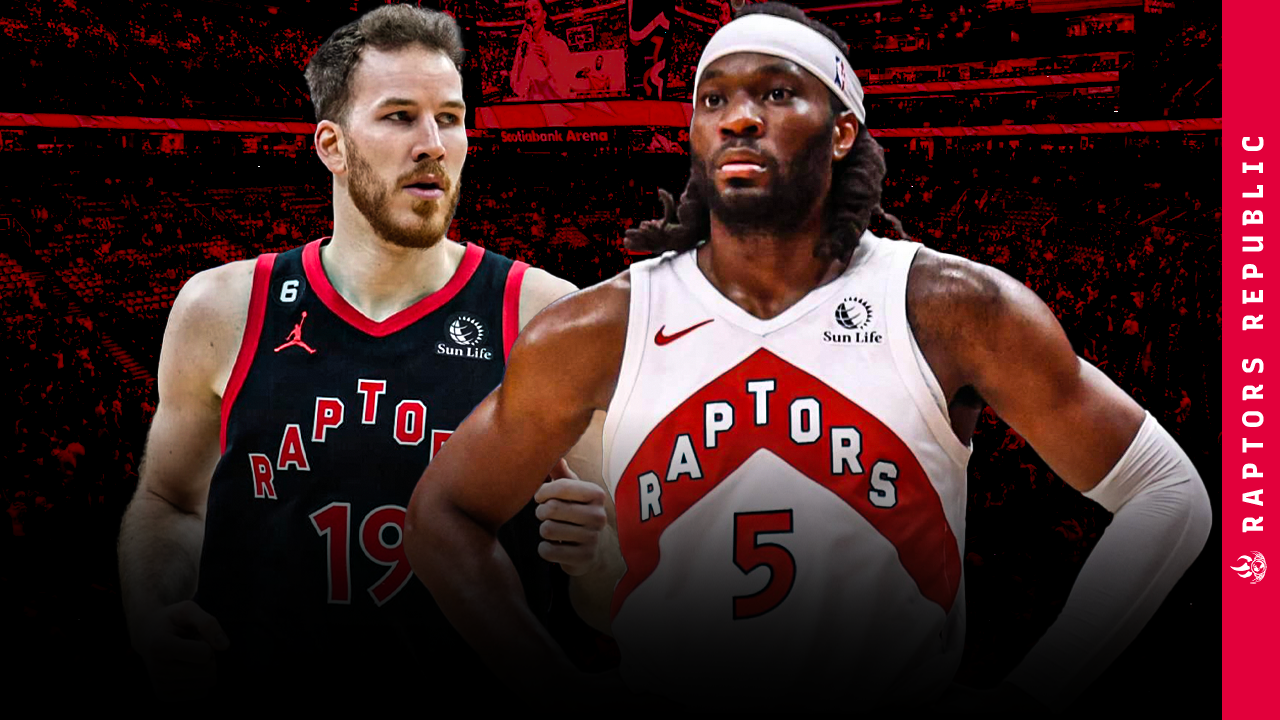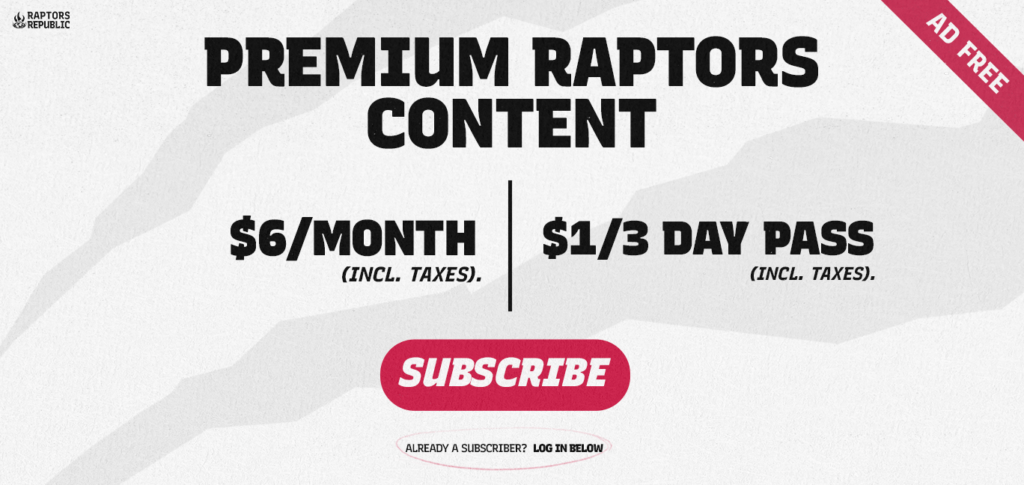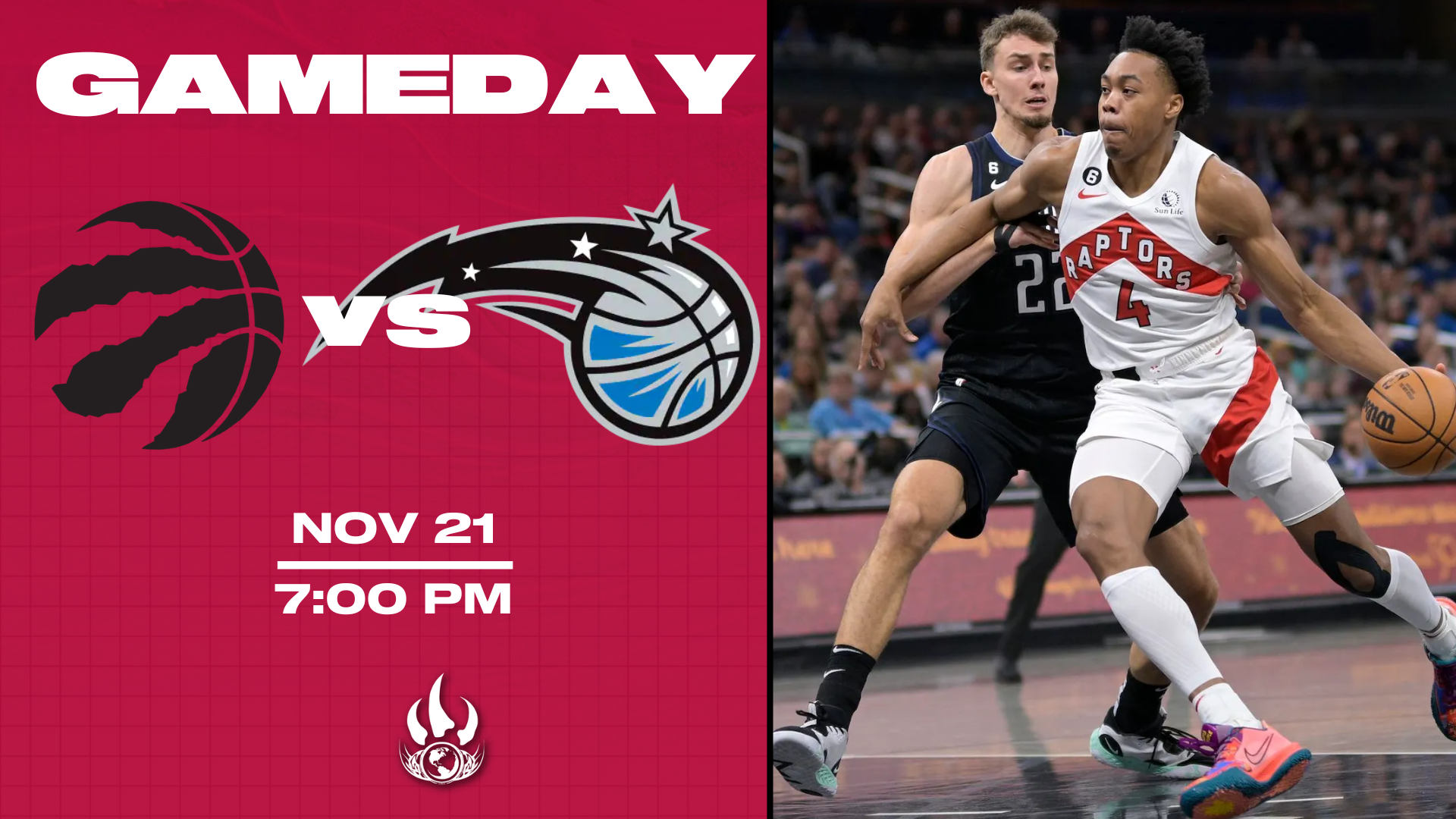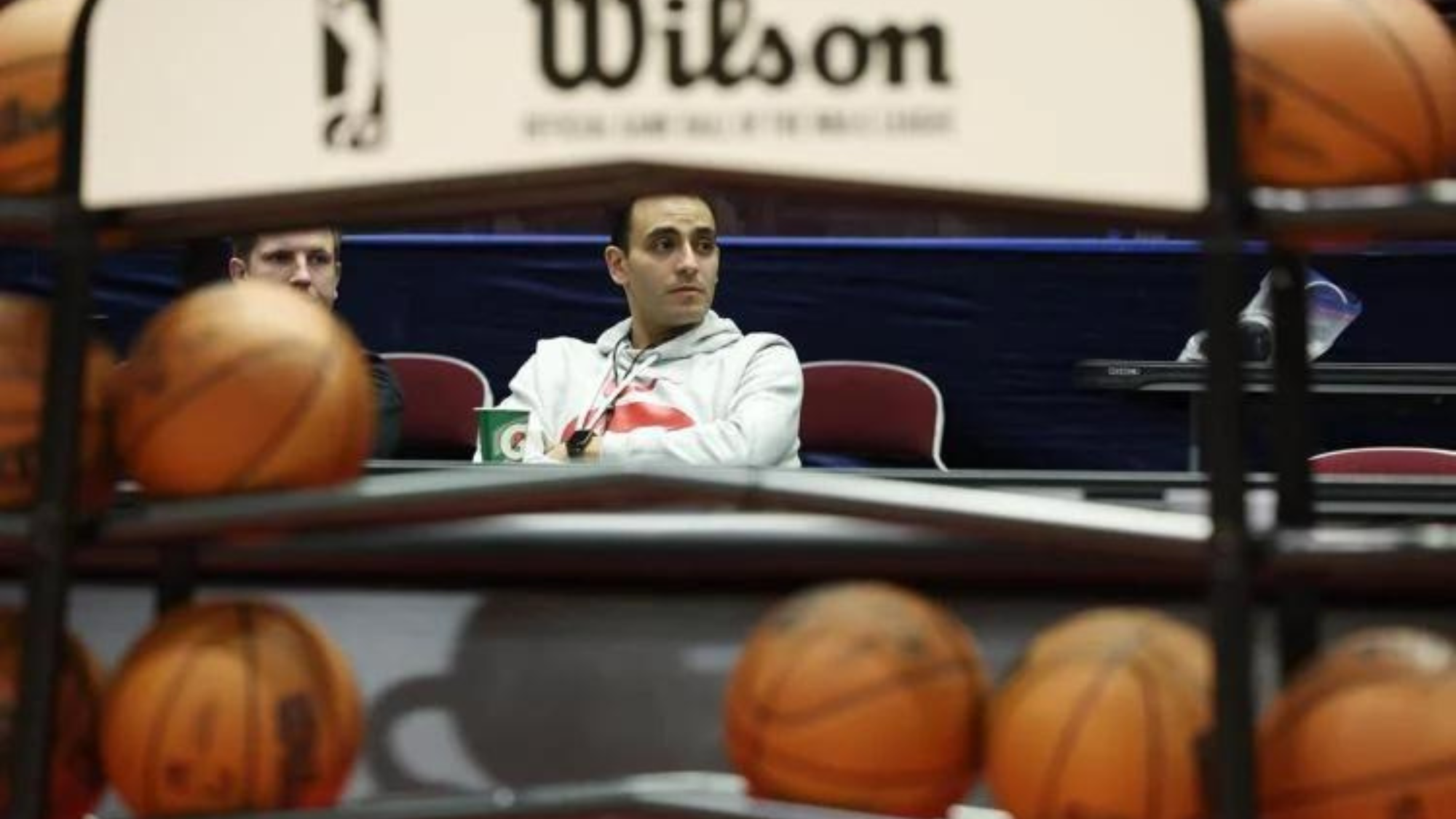There comes a time in the Ruy Lopez opening when White faces a crossroads. White develops its King’s pawn, then its King’s knight. Then it pushes the Queen’s pawn. So far, so normal. But if Black takes, there is a question. White can recapture, which will often lead to a thoughtful, positional battle with both players grappling for space in the middle of the board. Or White can let Black have the pawn and develop a bishop, sacrificing material for activity. That choice, the Scotch Gambit, can lead to fireworks, with sacrificed pawns, bishops, and more as White strives for a knockout and Black to survive.
The same position can have two very different continuations.
That duality can manifest in people, too. In expectations from the same job description. To that point: The Toronto Raptors have not just a positional battle at the center spot, but an ideological battle. What do they want out of the center spot? What is best for this team -- the players currently on the roster, or the philosophical ideal of how Darko Rajakovic wants to play? And how does that split manifest in two very different centers currently vying for minutes?
Jakob Poeltl meant everything to the Toronto Raptors after they acquired him at the trade deadline of the 2022-23 season. Poeltl helped lock down the pick and roll for Toronto in a way that it previously hadn’t been able to manage on the defensive end. Because Toronto finally found a way to both deter and stop opponents at the rim, it finally could stop helping so much from the corners and disallow so many easy triples. In many ways, Poeltl joined a Raptors team with a decidedly Poeltl-sized hole in the middle of the roster. He was loudly successful.
And yet, much more quietly, he also catalyzed a number of issues on the team -- ones that had already existed, but were simply made more material with him on the court. The Raptors just don’t have enough shooting on the roster, and (at least last season) started non-shooters at center, power forward, and small forward spots. With Poeltl in the middle of the floor, Toronto’s already shaky spacing cratered.
While Scottie Barnes and Pascal Siakam didn’t run fewer possessions after the Poeltl trade, their efficiency when doing so plummeted with another non-shooter on the floor. Toronto’s efficiency with Siakam running picks last season dropped from 1.003 points per chance before the Poeltl trade to 0.922 after, per Second Spectrum. The team’s efficiency with Barnes running picks dropped from 0.961 points to per chance before to 0.840 after. Those are precipitous drops, from well above average to near the bottom of the league.
As a result, the Raptors have actually had a slightly negative net rating since acquiring Poeltl when he joins both Siakam and Barnes on the floor, but without Fred VanVleet. So far this season, Poeltl, Siakam, and Barnes together have had a net rating of plus 1.3, as opposed to plus 15.6 when Siakam and Barnes play without Poeltl. The lack of spacing has been apparent; lineups with all three playing attempt only 27.7 percent of their shots as triple, a 1st-percentile mark leaguewide. (The team as a whole attempts more than a third of its shots from deep.)
For those reasons, Poeltl does not always close games. While he’s sixth on the Raptors in minutes per game, behind only the starters and Gary Trent jr., he’s 12th in minutes per fourth quarter, averaging almost three full minutes fewer than his substitute Precious Achiuwa. (That is of course distorted by garbage time, which sometimes includes Achiuwa, but the point remains.)




